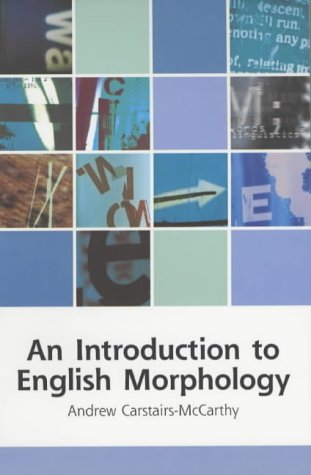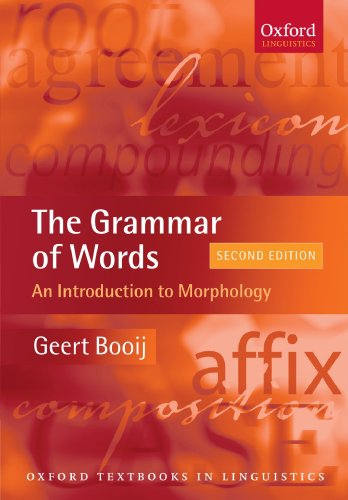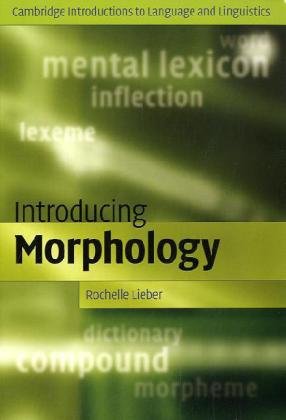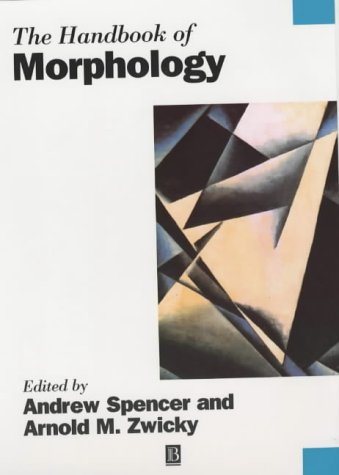In linguistics, morphology is the identification, analysis, and description of the structure of a given language's morphemes and other linguistic units, such as root words, affixes, parts of speech, intonations and stresses, or implied context. In contrast, morphological typology is the classification of languages according to their use of morphemes, while lexicology is the study of those words forming a language's wordstock.
While words, along with clitics, are generally accepted as being the smallest units of syntax, it is clear that in most languages, if not all, words can be related to other words by rules (grammars). For example, English speakers recognize that the words dog and dogs are closely related, differentiated only by the plurality morpheme "-s", only found bound to nouns. Speakers of English, a fusional language, recognize these relations from their tacit knowledge of English's rules of word formation. They infer intuitively that dog is to dogs as cat is to cats; and, in similar fashion, dog is to dog catcher as dish is to dishwasher. Languages such as Classical Chinese, however, also use unbound morphemes ("free" morphemes) and depend on post-phrase affixes and word order to convey meaning. (Most words in contemporary Standard Chinese("Mandarin"), however, are compounds and most roots are bound.) These are understood as grammars that represent the morphology of the language. The rules understood by a speaker reflect specific patterns or regularities in the way words are formed from smaller units in the language they are using and how those smaller units interact in speech. In this way, morphology is the branch of linguistics that studies patterns of word formation within and across languages and attempts to formulate rules that model the knowledge of the speakers of those languages.
Copyright (c) 2014




